In this article, we’ll talk about how to enable your graphics card in BIOS. The beauty of today’s operating systems is that you don’t have to worry about loading drivers for your hardware during boot. There are no floppy disks involved and you don’t need to know the arcane commands that let you do so. In fact, you rarely even hear the term “BIOS” anymore except while reading an obsolete computer magazine or a manual for a mid 90s-era equipment.
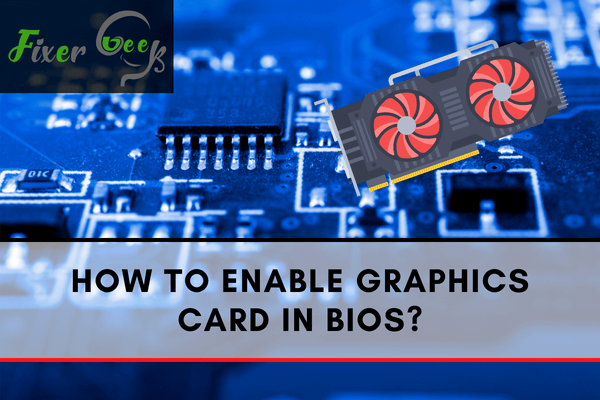
You won’t be disappointed with a premium GPU if you want to boost your computer’s visual processing power. Graphics cards are essential to enhance computer performance following many video processing projects. The modern gaming environment hugely depends on GPU performance overall.
The graphics card you are using might be disabled in your BIOS settings. In that case, you need to enable it, and you can do this by changing the BIOS (Basic Input/Output System) locations on your computer. The BIOS manages all of your computer’s hardware, as well as on devices. Today, I’ll demonstrate how to enable graphics card functionality in your BIOS settings.
Enabling Graphics Card in BIOS
You can enable your graphics card from the BIOS menu and from “Device Manager” settings in your computer, and I’ll explain how you can do it in both ways.
Enabling in BIOS
To enable your graphics card in BIOS
- Start or restart your computer and press the BIOS access button on your keyboard. The keys to enter the BIOS on most systems are “ESC,” “DEL,” “F1,” “F2,” or “F10.”
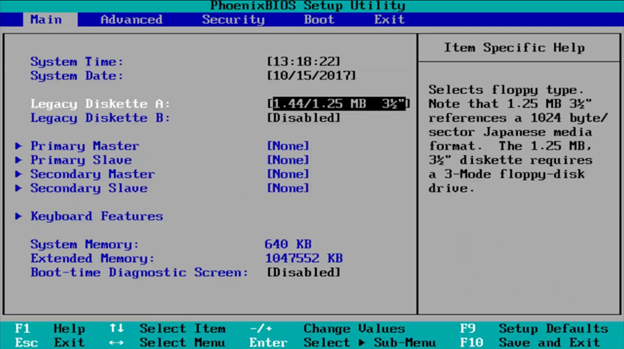
- To traverse your BIOS, use the arrow buttons on your keyboard, and follow any directions to alter values. Look for the menu option that most closely resembles “Peripherals,” “Chipset,” or “On-Board Devices.” The “Advanced” category may also choose to enable the GPU as the BIOS menu settings depend on the motherboard model you are using. Press “Enter” after selecting the appropriate menu option.
- Press “Enter” to choose the option that regulates your graphics card, then hit the corresponding key to select “Enable.”
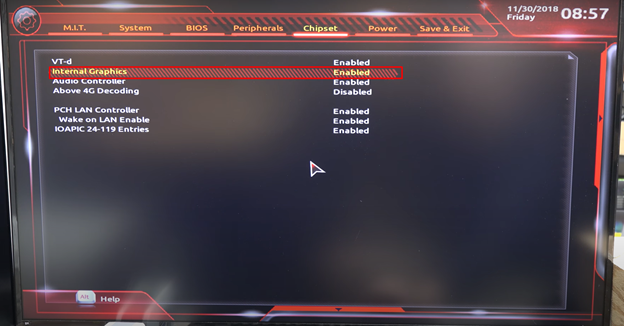
- Hit “Esc” until you reach the main BIOS panel and have exited all menus. To “Save and Exit,” choose the option or press the relevant function key. To affirm, press “Enter.” Restart your PC, and the graphics card should be enabled in the system.
Enabling in “Device Manager”
To allow your graphics card in “Device Manager,” go along with the steps
- Right-click on the Windows logo or press “Windows + X” to open “Device Manager.”
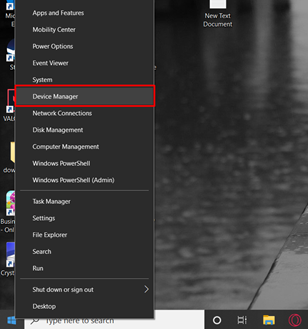
- Expand the option “Display Adapters.”
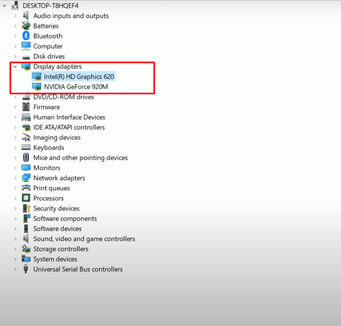
- Right-click on the graphics card’s name you wish to enable. Click on “Enabled Device.”

- Restart your PC, and the graphics card should be enabled.
Why Don’t I See My Graphics Card in My BIOS?
There could be a couple of reasons why your graphics card is not showing in BIOS. Most commonly, it is related to GPU drivers. Here are the possible fixes for the issue
- Download the latest driver for your GPU. If the driver is outdated, it can create some trouble. Make sure you uninstall any prior GPU drivers before proceeding. There is some third-party driver downloader software available for your GPU that downloads the required drivers for you.
- Go to the “Device Manager” settings and check if your GPU is enabled or not. If it’s disabled, it won’t show in your BIOS.
- Go to your BIOS menu and navigate to “Chipset.” Ensure that the “dGPU” feature is enabled. When you have both integrated and external graphics, Windows may not identify them unless you activate them manually in the BIOS. Users stated that the problem was resolved after starting “dGPU” in the BIOS. Remember that this feature is also known as switchable graphics, so look for it.
Summary: Enable Graphics Card in BIOS
- Turn your BIOS on.
- Choose advanced options for configuration.
- Set priority of integrated graphics to high.
- Save settings and restart your computer.